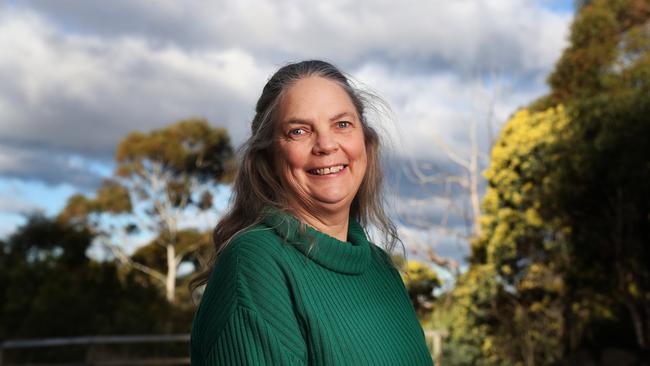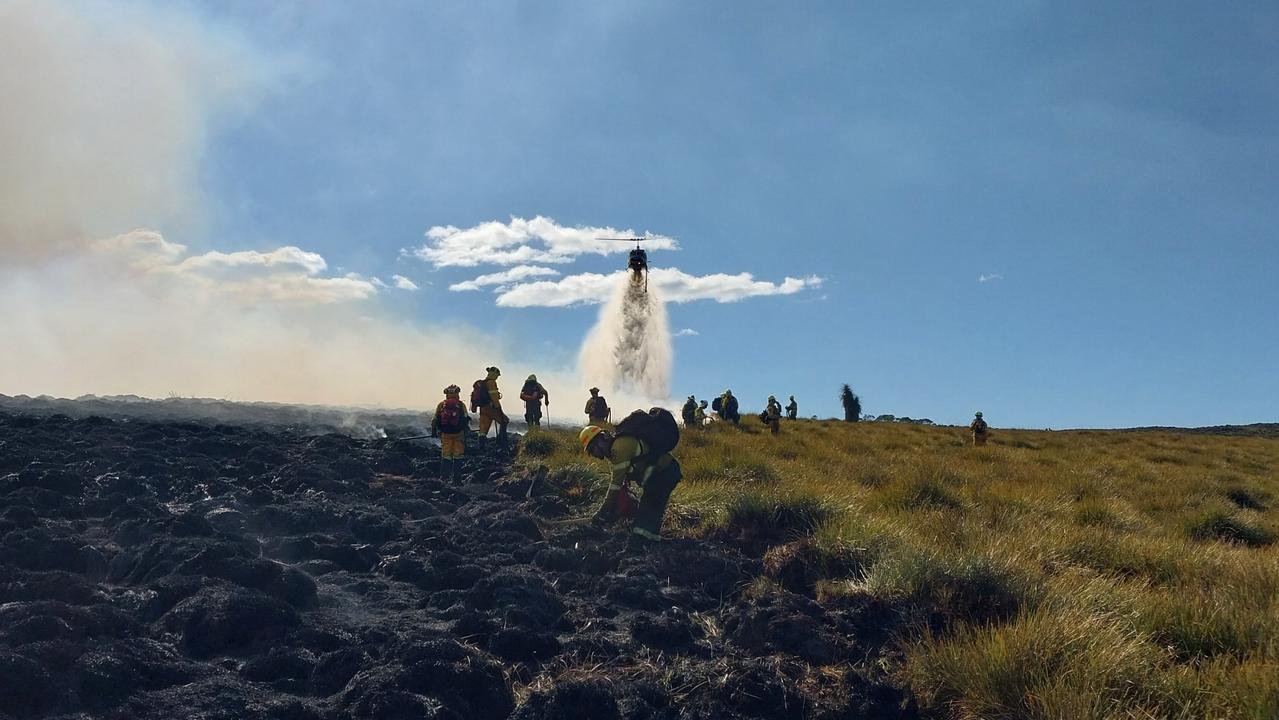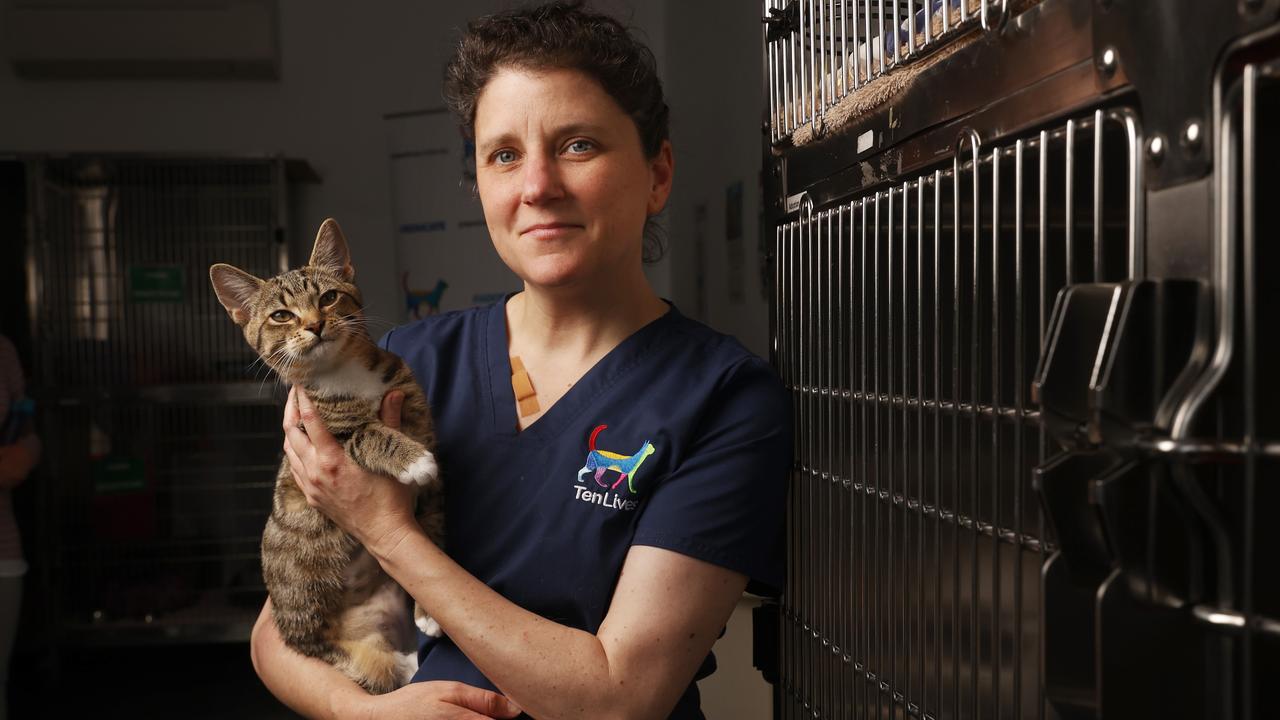University of Tasmania, University of Melbourne collaborate on new AirHealth air quality app
The University of Tasmania has joined forces with a prestigious interstate institution to create a new air quality app that will “empower more Australians to make informed decisions for their health”.

Tasmania
Don't miss out on the headlines from Tasmania. Followed categories will be added to My News.
A groundbreaking new app providing real-time air quality data will “empower more Australians to make informed decisions for their health”, following a collaboration between Tasmanian and Victorian researchers.
The University of Tasmania (UTAS) and the University of Melbourne have together provided pre-seed funding for the AirHealth start-up, which will combine UTAS’s AirRater app and the University of Melbourne’s Pollen Forecast suite of apps.
It will result in the establishment of the first integrated, Australia-wide service offering access to real-time and location-specific air quality data and is being billed as a vital tool for Australians who are sensitive to air hazards including pollen, pollution and bushfire smoke.
AirHealth will provide current and forecasted pollen levels, as well as air pollution levels and thunderstorm asthma risk. It will also send personalised and timely notifications to users, based on their location.
UTAS’s AirRater app services about 100,000 users across the country and provides information about pollen and air pollution, giving them the ability to identify personal triggers for symptoms and alerting them when airconditions deteriorate.
The Pollen Forecast Service, by the University of Melbourne, serves more than 800,000 users in Canberra, Melbourne, Sydney and Perth.

AirHealth will merge the two services and improve the accessibility, quality and timeliness of air quality and pollen information for Australians from next year.
Professor Fay Johnston, who leads the environmental health research group at UTAS’s Menzies Institute for Medical Research, is co-leading the AirHealth project and says poor air quality can have devastating impacts.
“The impacts of air pollution from traffic, vehicles, combustion heaters and bushfire smoke cost the Australian economy more than $6 billion each year, by contributing to the community burden of heart disease, strokes, and lung conditions like asthma,” she said.
Dr Edwin Lampugnani from the University of Melbourne, who is also leading the start-up, said hayfever and asthma were common and debilitating conditions that could be triggered by airborne hazards such as grass pollen, air pollution and bushfire smoke.
“This merger will empower more Australians to make informed decisions for their health,” he said.
“The integrated services will ensure all Australians understand how their symptoms relate to the environmental conditions in ways that help them better manage their health and get more out of life.”
Australian Medical Association Tasmania southern division representative, Dr Clare Smith, said the negative effects of poor air quality would be “cascading and compounding” as a result of global warming.
“Like all problems, it’s really great if you actually know where and what the problem is,” she said.
“You can’t really make good decisions about what to do if you don’t know what the size of the problem is. Knowledge is power.”
More Coverage
Originally published as University of Tasmania, University of Melbourne collaborate on new AirHealth air quality app





